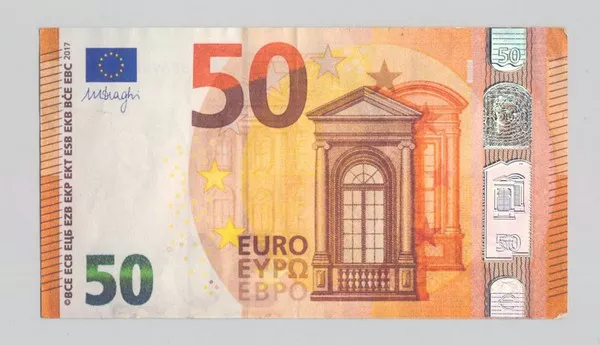EUR/USD saw a modest rebound during Thursday’s European session, recovering from a recent seven-week low near 1.0665. The euro found support as the US Dollar (USD) struggled to extend gains amidst anticipation of the US core Personal Consumption Expenditures (PCE) Price Index data for May, scheduled for release on Friday. However, near-term demand for the euro remains fragile amid concerns over diverging monetary policies between the US Federal Reserve (Fed) and the European Central Bank (ECB).
The US Dollar Index (DXY), tracking the USD against major peers, faced resistance around the crucial level of 106.00, reflecting market uncertainty.
Investors are closely watching the US core PCE inflation report, which is expected to show slower growth in core prices, with a monthly increase of 0.1% in May compared to 0.2% in April. Yearly, core inflation is projected to decelerate to 2.6% from 2.8%. Weaker-than-expected inflation figures could heighten expectations of earlier Fed rate cuts, potentially weighing on the USD. Conversely, stronger data may reduce prospects for imminent rate cuts.
Market sentiment currently leans towards expectations that the Fed might initiate rate cuts starting in September, followed by additional cuts later in the year.
Looking ahead, EUR/USD faces resistance near the 1.0700 level, with uncertainty lingering over Eurozone political developments and speculation surrounding potential ECB rate cuts. Concerns over the outcome of the French election add to market caution, particularly amidst indications of significant fiscal policy shifts under a new government.
On the monetary policy front, the ECB has refrained from committing to a specific rate trajectory despite recent rate cuts, citing concerns over wage inflation impact on overall demand.
Technical analysis shows EUR/USD trading within Wednesday’s range, with the pair confronting resistance at the downward-sloping border of a Symmetrical Triangle pattern on the daily chart. The 200-day Exponential Moving Average (EMA) near 1.0780 remains a critical barrier, indicating a bearish trend. The 14-period Relative Strength Index (RSI) near 40.00 suggests a neutral stance, with potential for bearish momentum if the RSI drops below this level.
These factors underscore the cautious outlook for EUR/USD, influenced by upcoming economic data releases and geopolitical developments in the Eurozone and US, impacting currency market dynamics.
Related Topics:



























